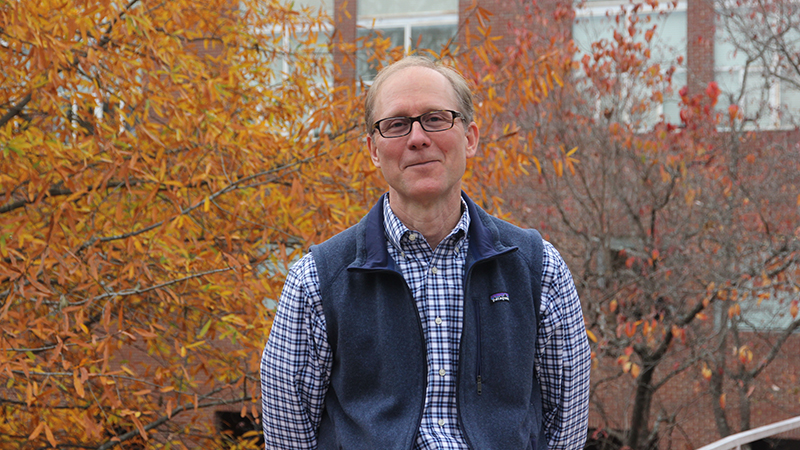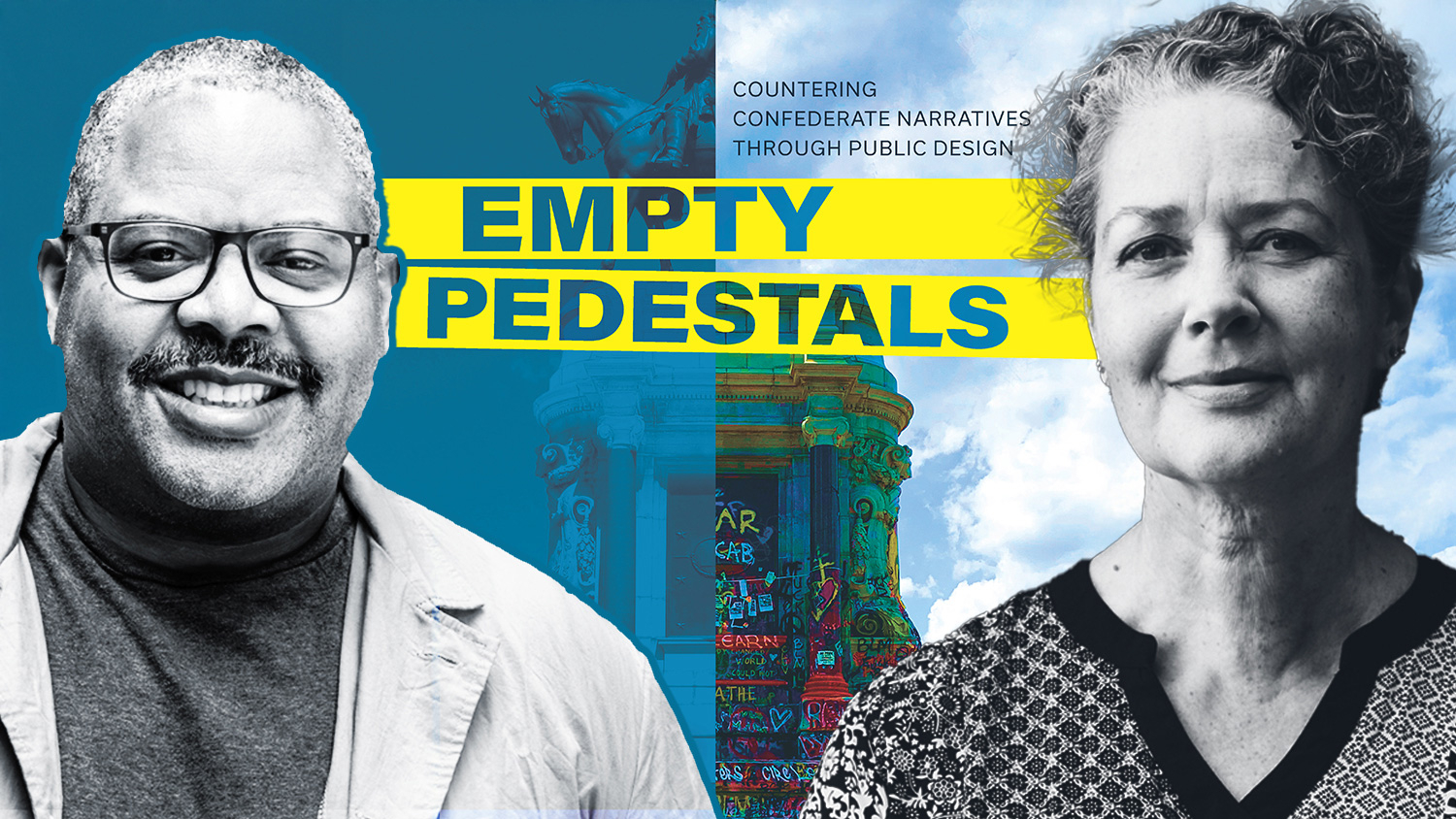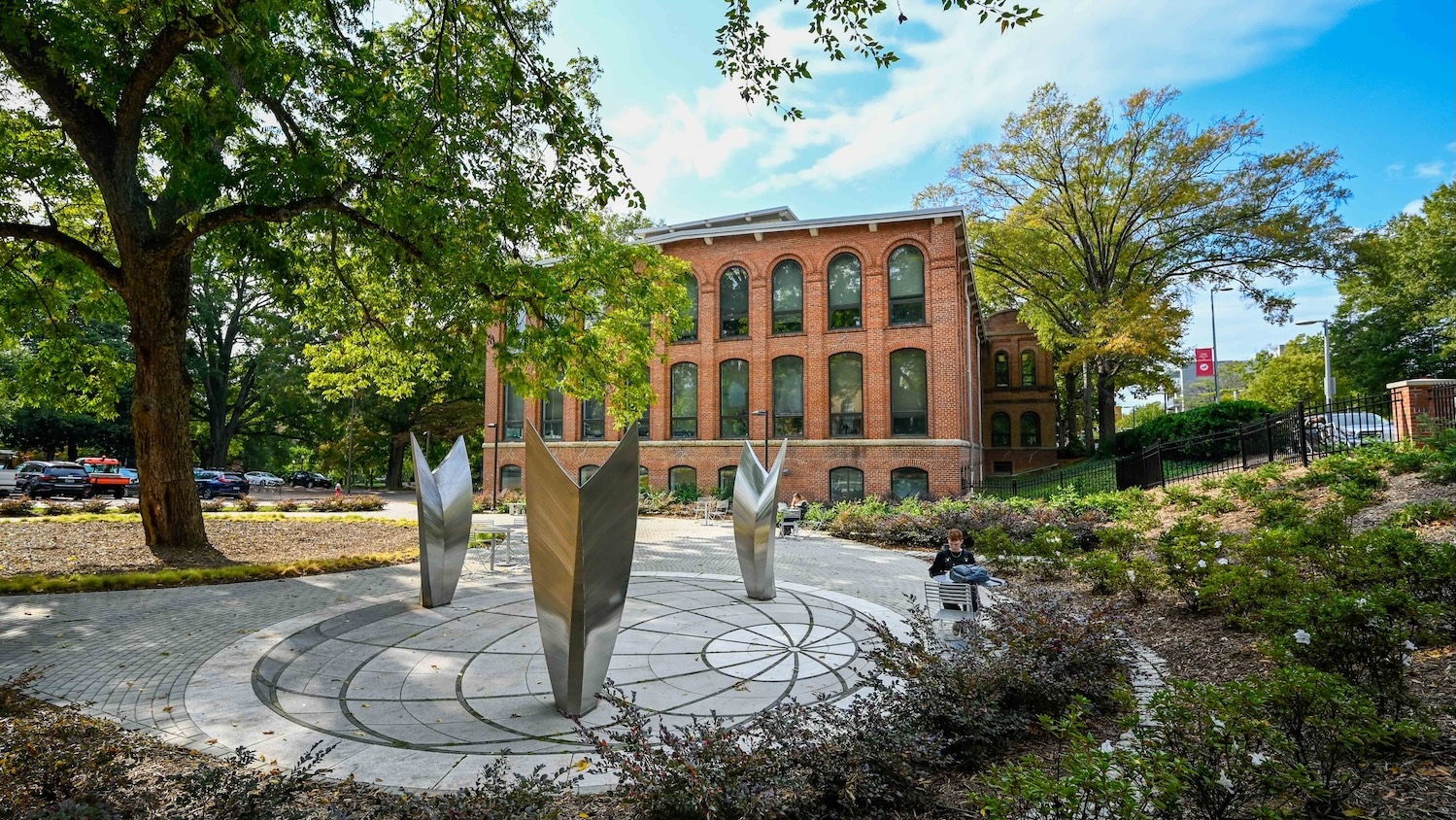Gavin Smith, PhD, AICP Joins NC State

Global Expert in Natural Hazards, Disasters and Climate Change Adaptation Joins NC State College of Design
The College of Design is pleased to announce that Gavin Smith, PhD, AICP has joined the Department of Landscape Architecture faculty. Smith is an internationally recognized leader in planning for coastal resilience as well as hazard mitigation (risk reduction), disaster recovery and adapting to climate change. He will complement NC State faculty already working in these areas by creating connections within the university and outward at the state, national, and international level.
Smith will work with faculty across campus to initiate a cluster in coastal resilience and sustainability aimed at teaching, research and engagement to include developing resilience-focused curricula, preparing interdisciplinary research grants, and establishing applied outreach projects involving students, faculty and practitioners. The connections that Smith fosters between faculty, students, and engagement organizations will create a true interdisciplinary collaborative approach to some of the biggest environmental issues of today. Additionally, Smith will develop a graduate certificate in natural hazards resilience that will bring global experts to the College.
“One of the first things I plan to do is actually find out and learn more about what is happening here, and then find out what people’s areas of expertise are… their passions and things they would like to do. I would like to think I’m going to be a facilitator, a catalyst, and look to bring in money to help support their work,” says Smith. Smith’s ability to connect people stems largely from his extensive network. Throughout his career, Smith has worked directly with researchers, practitioners, governments, and agencies at the interface of hazard mitigation, disaster recovery and climate change adaptation including the Federal Emergency Management Agency, the National Oceanic and Atmospheric Administration, the United States Department of Housing and Urban Development, and the National Academies of Sciences. In addition to US partners, Smith has worked with government officials and academic colleagues in Australia, Hong Kong, Indonesia, New Zealand, Philippines, and South Korea, serving as a policy advisor on issues surrounding past disasters, risk reduction, and climate change adaptation.
“One of the first things I plan to do is actually find out and learn more about what is happening here, and then find out what people’s areas of expertise are… their passions and things they would like to do. I would like to think I’m going to be a facilitator, a catalyst, and look to bring in money to help support their work” —Gavin Smith
Smith is thinking big—“the idea of focusing on the coast is certainly a worthy topic and one that is critically important to North Carolina given the series of major storms that have devastated our barrier island communities and the larger coastal plain. That’s a lot, but… I’m thinking more broadly, and also thinking about not only North Carolina, not only the Southeast, not only the U.S., but also internationally.” He has begun to address the big issues of climate change adaptation with the applied work and evidence-based policy that NC State stands for as a land-grant institution and by employing the three traditional elements of the university—teaching, research, and engagement. All the while, Smith plans on “getting students deeply involved.”
“In the era of climate change, the issues associated with natural hazards risk management, disaster recovery, and community engagement, are going to become more pressing and more challenging because, in many ways, we’ve designed our communities to reflect a climate of the past,” says Smith. The United States’ approach to climate change has been “really ad hoc,” Smith says. “Our national government is not supporting the work… but communities around the country are recognizing [climate change] is happening, and they have begun to take action” he says. One of many challenges involves fostering a greater role for the larger design community to play in this inherently interdisciplinary challenge.
Without a doubt, now is the time to be studying these issues in depth and breadth, and using these lessons to affect meaningful policy and design changes. Smith is doing just that. Together with colleagues at UNC-Chapel Hill, Smith has been creating an “International Learning Lab,” which currently consists of three “nodes,”—the United States, Australia, and Vietnam. The aim of the lab is to study climate change adaptation issues and see how the lessons from one country may be applied to another. This lab is in its infancy, and Smith is looking to add more nodes, expand the conversation, and create lasting relationships.
“There’s so much work to be done in this space,” Smith says. “I really think it’s the pressing issue of the 21st century, and I think NC State is uniquely positioned to play a leadership role in it.”
Staci Kleinmaier is a professional writer and photographer in Apex, North Carolina. She uses words and images to tell stories. To see her work, visit www.stacikleinmaier.com.
This post was originally published in College of Design Blog.



